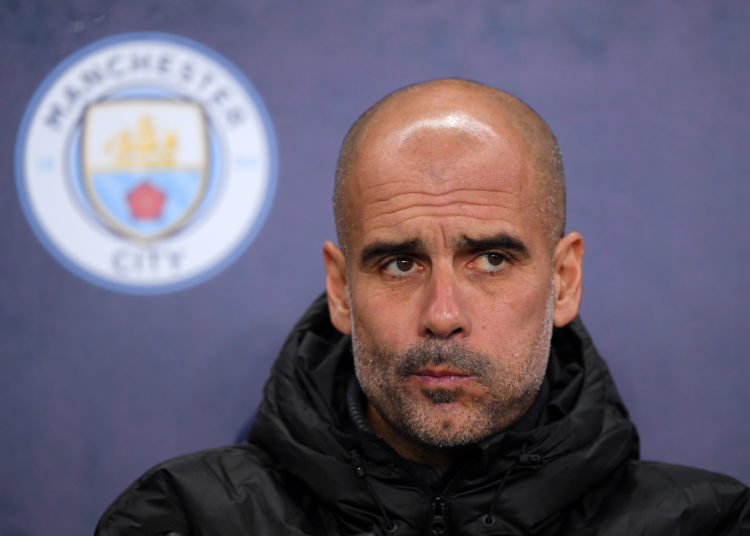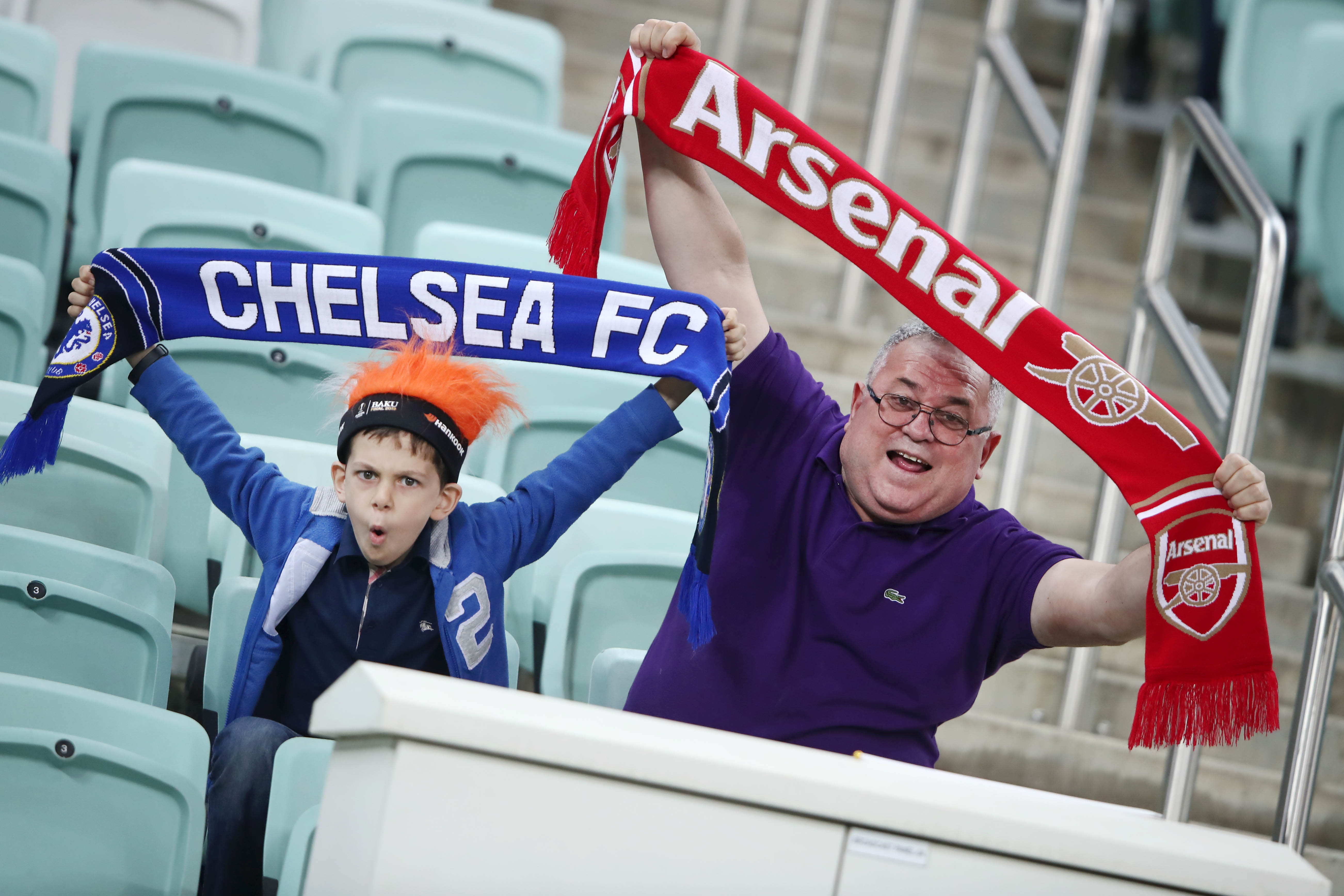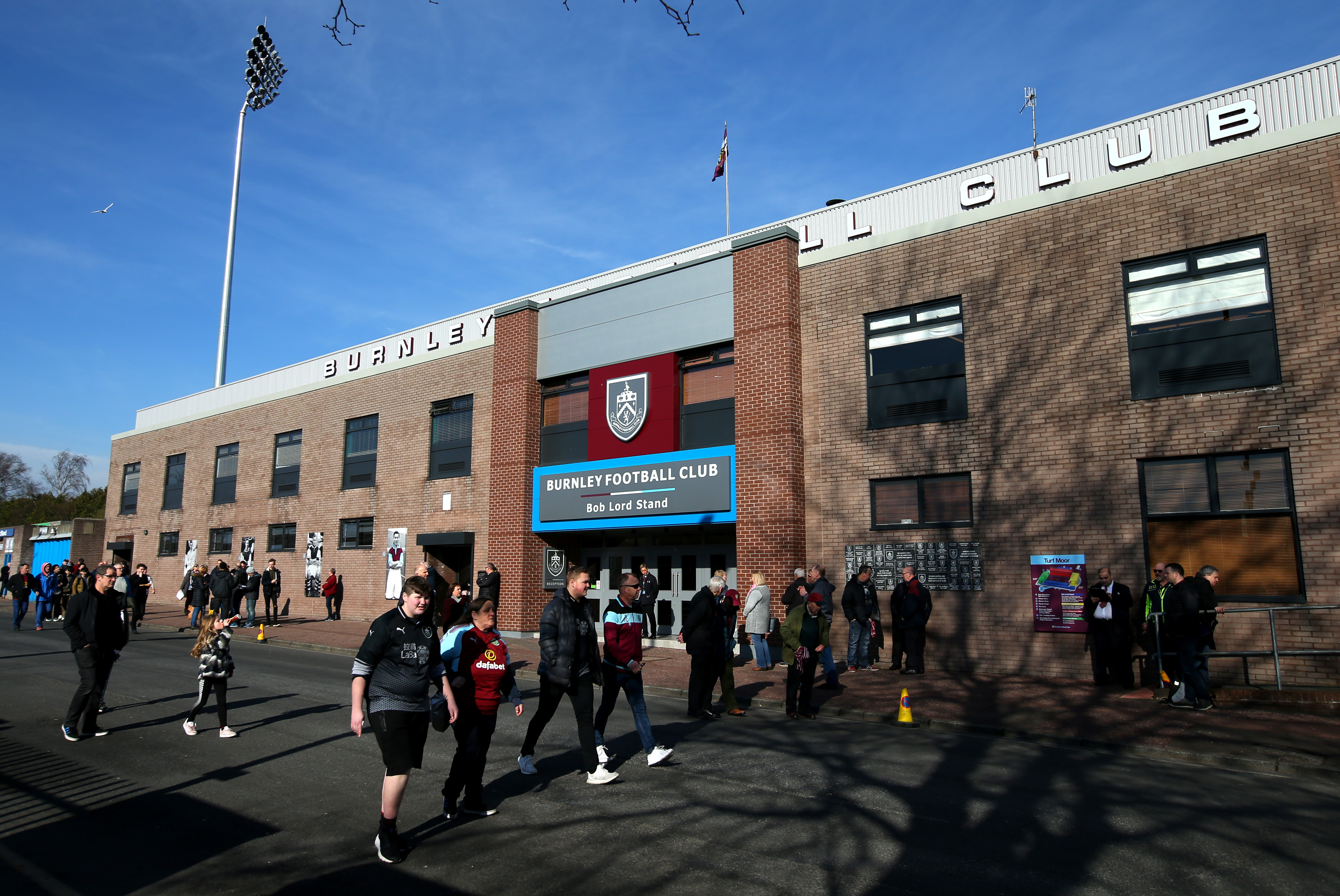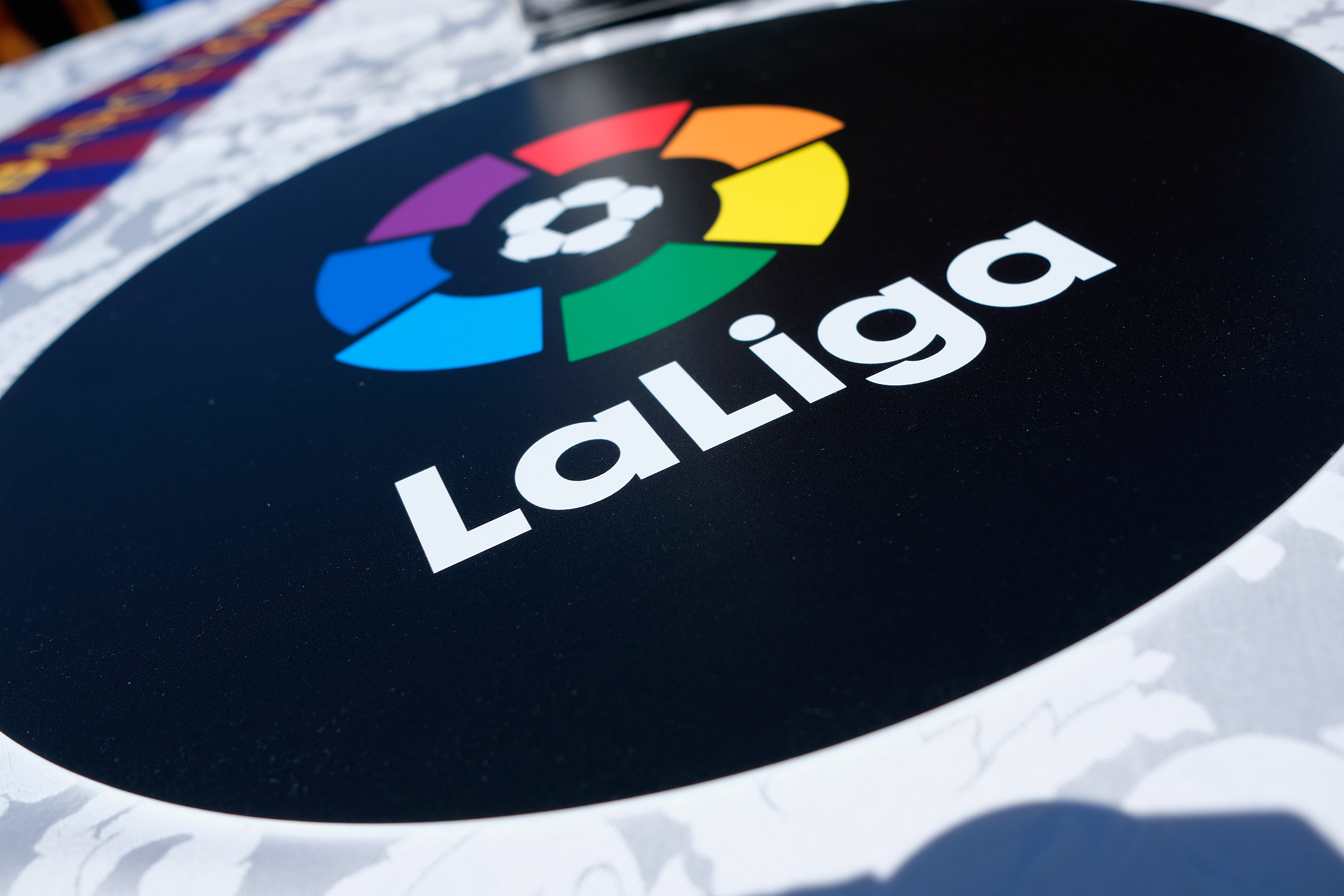Manchester City will not find it all plain sailing against Inter Milan in the Champions League final.
From the 78 teams that have featured in the 2022–23 Champions League through the qualifying, group, and knockout rounds, we have our two finalists: Manchester City will lock horns with Inter Milan for the prestigious crown on June 10.
Premier League champions Manchester City took a major step towards becoming European champions for the first time by knocking out Real Madrid 5-1 on aggregate in a dominant 4-0 win.
That result was also a huge statement in their quest to become only the second English club to win the treble (Premier League, FA Cup, and Champions League) after Manchester United in 1999.
Inter, meanwhile, made a statement of their own by beating local rivals AC Milan 1-0 to win their semifinal 3-0 on aggregate and reach their first Champions League final since 2010, when they lifted the trophy for a third time.
The Citizens are overwhelming favourites to lift the Champions League, but even though Inter Milan were way off the pace in Serie A this season, the Hard Tackle explores five reasons why they will be anything but a pushover in Istanbul, and can beat the odds to claim the continental crown for the fourth time in their history.
It’s a one-off final clash, so anything can happen
The fact that Manchester City are well and truly the favourites coming into this one which was not as clear up against Bayern Munich and certainly not against Real Madrid. Inter are underdogs ahead of this final and people are already writing them off — hence this article — but there is already enough evidence in the history books that the job is not done for City.
Casting our minds back to the Champions League final of 2021 should serve as a cautionary tale too when City were odds-on favourites ahead of the showpiece event but suffered a desperately disappointing night in Porto in what was their first Champions League final.
Pep Guardiola’s side were never allowed to play their normal fluent game and could not respond as a disciplined Chelsea sealed a second Champions League triumph. Chelsea boss Thomas Tuchel won the tactical battle against his City counterpart Pep Guardiola, and his side could have won by more had Timo Werner converted two gilt-edged chances.
This Anglo-Italian battle for European supremacy could not end similarly, could it? After all, stranger things have happened in football. Just take last season, for example, where Real Madrid defied all odds not once, twice, but three times to extraordinarily lift the Champions League. Don’t take it wrong; we’re not comparing Inter with serial CL winners Los Blancos, but write them off at your peril!
One thing abundantly clear from this run to the final is that this Inter team are made for cup competitions. They seem to thrive in this sort of environment and have managed to notch a Super Coppa Italiana and Coppa Italia in addition to this and seal a top-four spot in Serie A too.
There is no doubt that their strengths lie away from the Italian league scene right now. Inter hitting their stride at just the right time could make them a dangerous wildcard for City to fall upon. Ultimately, it all comes down to this: finals are a one-off thing; over two legs, Inter would have next to no chance, but it’s just 90 minutes, and anything can happen.
Simone Inzaghi is a cup specialist
Inzaghi might not be able to get the best out of his squad across all competitions for a full season, but he has earned a reputation as something of a cup competition specialist between his time with Lazio and with the Nerazzurri.
He kicked off his managerial career in 2016 with Lazio. After unexpectedly clinching three domestic cups with the Biancocelesti, he joined Inter in 2021, where he continued to add silverware to his personal trophy wall. Over a seven-year span as a head coach in Italy’s top flight, Inzaghi has won seven out of eight cup finals across the Coppa Italia and Supercoppa Italiana.
Even in the league this season, their inconsistencies have been against low-block middle opponents rather than elite sides like Napoli, Juventus, and others. Inzaghi’s incredible 87.5% winning record in cup finals have earned him the nickname “Re Delle Coppe,” or “Cups’ King,” in the Italian soccer community. Such astonishing statistics attest to his ability to bring out the best in his players when everything is at stake.
You would also be surprised to know that Inzaghi came close to getting the sack multiple times in the early parts of this season, but every time he was under pressure, he somehow managed to pull the rabbit out of the hat and produce a positive result against a top-gun, whether it was knocking out Barcelona and progressing out of the group of death, or just getting over the finish line against Porto, or seeing off neutrals favourite Benfica.
City will have to battle their way to get past this team, who will be underdogs for the final but will fancy their chances. Their centre-backs play a hard and physical game, yet their attackers also have pace.
Another thing to point out is that City in the last three Champions League games at home have been an unstoppable machine (7-0 to RB Leipzig, 3-0 to Bayern Munich, and 4-0 to Real Madrid), but they never won against these same teams away (1-1 the final scores). On neutral ground in Istanbul to hoist Europe’s shiniest trophy, we’ll see.
Inzaghi’s hybrid press and solid mid-block
Man City will put Inzaghi’s managerial and tactical acumen skills to the test. The Piacenza-born head coach will try to leverage the strengths of his trademarked 3-5-2 system, which could especially deter Manchester City on the flanks, where the restless work of wing-backs Federico Dimarco and Denzel Dumfries could give Inter the numerical advantage both offensively and defensively.
In the midfield, Inter have weapons in Nicolo Barella’s off-the-ball runs and Hakan Calhanoglu’s exceptional striking skills, but they cannot expect to dominate ball possession against Manchester City’s Rodri, İlkay Gundogan, Kevin De Bruyne, and Bernardo Silva. Up front, they have counter-attack specialists.
Marcelo Brozovic, meanwhile, continues to be a key cog in midfield but has been usurped on occasion by former No. 10 Hakan Calhanoglu. Playing the Turk as a No. 6 has allowed Inzaghi to find room for the rampaging Henrikh Mkhitaryan to add some extra attacking flair, as the Armenian has come to life at the right time. It looks like Mkhitaryan will be fit enough to play in the final after being forced off against AC Milan in the semis.
Barella could be the man who can make Inter Milan tick and the player closest to Kevin De Bruyne on the pitch to close the service to the Belgian. The Italian pressing machine also has a knack for timing defence-splitting runs and has already been picked out to good effect at Barcelona and Benfica by Bastoni’s long passes to pick open a defence.
Well, that’s all well and good, but the key to Inter winning this tie will depend on how well they are able to disrupt their opponents’ buildup play. And Inzaghi has the cheat code for this: hybrid pressing and solid mid-block.
Without going into much detail, Inzaghi slightly adapts his side’s pressing game against every opponent despite using the same principles and tactics for the team, especially in attack.
They are relatively flexible in adjusting to the movements of the opposition. They will keep certain principles intact, with their front two and back three generally holding fixed positions. But as the pendulum swings from side to side, you may see different players jumping all the way up to the front of the block, forcing the issue.
You might’ve come across videos of Dumfries going head-to-head against Theo Hernandez quite a few times this season. Leao and Hernandez are probably the strongest left-handed combination in Serie A, with both able to carry the ball and create space with their runs. Therefore, Dumfries pressed the men directly; he will do the same with Grealish, but that’s not always the case.
It’s a mixture between a man-to-man press and a zonal pressing system. They don’t counter-press like maniacs. In fact, Inter are perfectly fine with letting their opposition have the ball at the back end of the pitch. Through a quick reshuffle of players back into the deck where they’re supposed to be, they make the game more transitional, which, if you don’t realise it, is a dangerous proposition.
Inter thrives off counter-attacks and even excels at quickly stopping fast breaks the other way. Mobility is a major requirement for players in the wing-back and central midfield positions, which is perhaps one more reason for Calhanoglu’s positional switch, where he can instead thrive with his intelligent reading of the game.
If their high press fails to do the job, which happens to be against sides with technical quality, they are not hesitant to drop back and defend in a disciplined way. This 5-3-2 is one of the hardest defensive blocks to break down in Europe.
The back five tends to focus on marking the opposition attackers in between lines and preventing them from receiving the ball there and turning forward. Additionally, the midfield three is also hard-working and closes the gap between them while shuffling from one side to the other.
City will have to find a way to beat this Inter hybrid press if it’s worked perfectly in the final; there’s next to no room to progress through midfield, and they will have to switch to the wings a lot, which makes the likes of Gundogan and Kevin De Bruyne ineffective in the game.
Rock-solid at the back
While the club’s march to the final will be seen as a heroic effort by Inzaghi’s team and a clear symbol of Italian football’s resurrection, it will also go down as a remarkable piece of squad planning and off-the-field business from the Nerazzurri. Because while few would argue that Inter had one of the best teams in Europe this season, the manner in which they’ve managed to upset the odds on a tight budget has been nothing short of extraordinary.
You’ve got to go no further than their backline to see how smartly they’ve recruited despite their financial constraints. In goal, the gloves have finally changed hands from 38-year-old club captain Samir Handanovic, who’s been the No. 1 since 2012. Andre Onana was signed from Ajax on a free transfer and has been great at all the passing out from the back that Inzaghi wants from his keeper.
In fact, Onana has been the best goalkeeper in the Champions League statistically. The reflex shot-stopper’s pin-point distribution allows Inter to go direct and use their target man up top. What’s more, the siege mentality among defenders from Conte’s days hasn’t gone away at all. To play at Inter Milan, it’s almost a requirement to love the defensive side of the game. You must be a belligerent warrior—someone who will not back down from a conflict; defending is still something they cherish as a collective.
Inzaghi again has a plethora of fantastic options. Alessandro Bastoni is the best on the ball, smoothly carrying it into space and progressing the play to the strikers without any issue. Stefan de Vrij looked incredibly shaky at the start of the season, but the veteran Dutchman has been back to his best lately when he’s played. Then there’s ex-Man United flop Matteo Darmian, someone who can fulfil a number of roles but excels as the right-sided centre-back due to his mobility and one-on-one success.
Milan Skriniar has been the unfortunate man to miss some of this season due to injury, but the Nerazzurri have hardly missed a beat without him. That’s due to the emergence of a certain 35-year-old veteran centre-back, Francesco Acerbi, who arrived from Lazio on loan last summer and has become the favourite of the “sweepers” to play in the middle of Inzaghi’s back-three.
For those who don’t know what type of centre-back he is, in the Milan derby, Acerbi cast a quick glance at his opponent, and what followed was a lasting image of this confrontation between the great Milan rivals. The studs of the experienced Italian defender came crashing down on the bridge of Sandro Tonali’s foot, leaving him in agony. The 35-year-old is well versed in the dark arts, and his arms were up in the air, screaming his innocence.
A pure accident, he told the match referee, who was duped by a centre-back who takes pride in flirting with illegality with his defending. To every viewer at the San Siro, he had gotten away with one. And not for the first time. This is what Manchester City’s Erling Haaland will face in a few weeks at the Ataturk Olympic Stadium in Istanbul.
At 35, Acerbi’s career should already be behind him. No one expected him to reach this kind of level and play in a Champions League final, even before he was diagnosed twice with testicular cancer in 2013. When asked about how he dealt with testicular cancer, he said, “It’s impossible not to have fear, but without it, I would have retired.”
Yet, here he is, set to face Haaland, a goal-scoring phenomenon 13 years his junior. Acerbi will be physical like Antonio Rudiger but smart and cunning like Giorgio Chiellini or Bonucci. Acerbi combines physicality, positional awareness, and leadership. He will be at the heart of a three-man defence that relishes the confrontation.
Big Rom & El Toro Chemistry = goals galore
For many years, attacking tandems were prevalent in European football, but they are now somewhat out of favour, at least among elite clubs: just a few others, such as Atletico Madrid and Leipzig, still utilise two centre-forwards like Inter. Given the fluidity of formations, it’s easy to get bogged down in technicalities, although most elite clubs like attacking with a central striker and two wide guys high up the pitch.
They occasionally employ inverted wingers (for example, a right-footer down the left) whose runs are intended to take them inside and into the box rather than crossing the ball. Vinicius Junior of Real Madrid, a right-footer who plays on the left wing, is a perfect example of this.
Not Inter. They have four forwards: Lautaro Martinez, Romelu Lukaku, Joaquin Correa, and Edin Dzeko, and their schemes are built around their interplay, with width coming from their wing-backs. Having two guys through the middle—especially against sides that play with four defenders, aka most teams—means you can lock down both central defenders and open space for a runner from midfield, someone like Calhanoglu or Barella.
Inter were not a team that most people had on their Champions League final bingo card at the beginning of the season, but how they have grown into this campaign has been very impressive, and a large part of their struggles and their inconsistency, which were at their worst around March and the beginning of April, was that their strikers were all out of form at the same time.
Joaquin Correa has been a bit of a bust at Inter in comparison to how he was at Lazio. He’s been sort of a non-factor for them. Romelu Lukaku has been good in fits and starts this season but didn’t come alive until after the March international break. He’s been great since then, scoring nine goals and providing four assists in his last 15 competitive outings for Inter.
Edin Dzeko fell out of form like everyone else, and then there’s Lautaro, who was a very rusty boy in front of goal from open play at the World Cup for Argentina. The man couldn’t hit a barn door with a banjo at the time. He went in and out of form a few times, but he’s been a monster lately; just look at that finish in the Coppa Italia final, where he acrobatically volleyed home straight off the cross from the right.
While Conte had been coach and guided Inter to the Scudetto, Lukaku, and Martinez had formed a devastating tandem in Serie A. Lukaku shares an excellent understanding with the Argentine striker, and the pair’s form and chemistry are hitting the right chords just at the right time.
Martinez, for one, is also an underrated creator, often dropping into gaps to find space and then playing forward. With the hold-up play of either Dzeko or Lukaku alongside him, his mobility and ball control make him the perfect partner to play up top alongside that more robust figurehead.
Inter also happen to be excellent at playing to the strengths of their forwards. A lot of Inter’s attacking play comes from out wide, with Federico Dimarco somewhat of a crossing specialist. When those targets are Lautauro Martinez, Romelu Lukaku, and Edin Dzeko, that’s a fairly potent weapon.
Most Goals and assists in the top five leagues since April:
🇦🇷 Lautaro Martinez – 15
🇧🇪 Romelu Lukaku – 14
🇳🇴 Erling Haaland – 14We’re all ready for a mouth-watering UCL Final, arent we? 👀 🏆 🔥 pic.twitter.com/LUrU6YYJFK
— José Mirinho🥚 (@MirLikesBeer) May 29, 2023
Their midfield troops will often move closer to the ball during progression periods, opening up more space for the likes of Lukaku and Martinez to receive. Bastoni is great at playing passes over the top of defences into their path, and they even utilise that pendulum swing to their advantage in attack. They even taunted the opposing team to press very high, leaving space for what could be a lightning opportunity for their attacking duo.
They’re so rampant and so clinical when going forward that you almost don’t want to attack them and open your team up for further harm. All of their forward options have enough verve, nerve, and cool heads to damage any defence. Proper old-school target man Dzeko is also tall, wiry, slower (which you expect given that he’s 37 years old), a gifted passer, an instinctive finisher, and a certain aerial threat.
Correa is sort of a wild card: he’s a bigger guy with “little man” ball control, and he offers a healthy dose of unpredictability. This diverse set of strikers enables Inzaghi to mix and match combinations depending on the opponent and the situation in the game.
This is something Manchester City will have to look into ahead of their Champions League final encounter. What’s more, Inter have already been practising counterattacks, at least in the games against Napoli and Fiorentina; even if they lose, they are treating the rivals as Manchester City and knowingly giving them extended spells of possession.





